GOLDEN RETRIEVER, AN INSTAGRAM STAR, EARNS? 8 CRORE A YEAR
- 30 Mar - 05 Apr, 2024
You would think any teacher making pupils sing songs about death, destruction and murder would be hounded out by parents – and rightly so. When Tory Education Secretary Damian Hinds announced £5million today for, among other things, making sure kids know their nursery rhymes, he said it was about improving literacy
But the dark past of those childhood jingles means that many of them are scarier than a Stephen King book, with the warped morals to match.
They feature murder, plague, torture and prostitution – but in days when death lurked around every corner, they taught important lessons to children about what is and is not safe.
So here are the surprisingly dark histories of some of your favourite nursery rhymes...
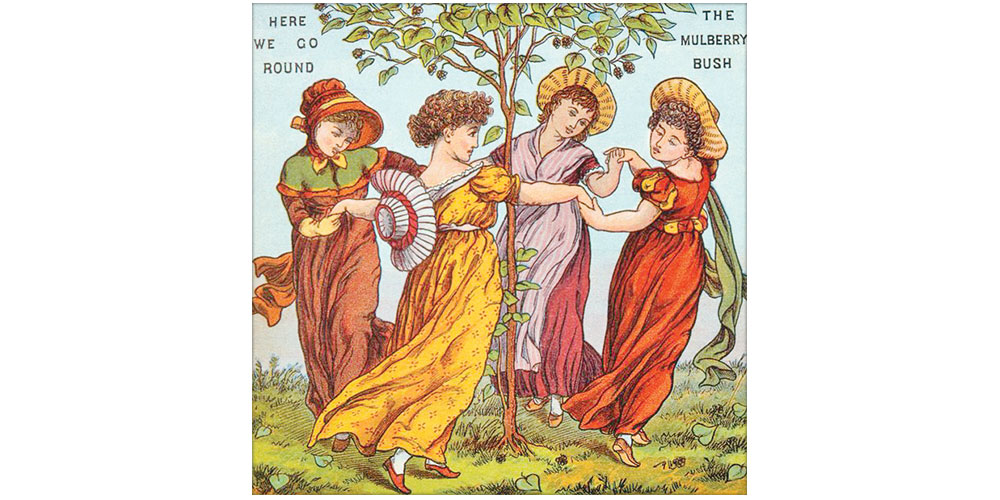
Not an innocent song about skipping but, according to a former governor of Wakefield jail, about its women prisoners being driven around a yard filled with mulberry bushes by their jailers, who would beat them if they did not exercise vigorously enough.
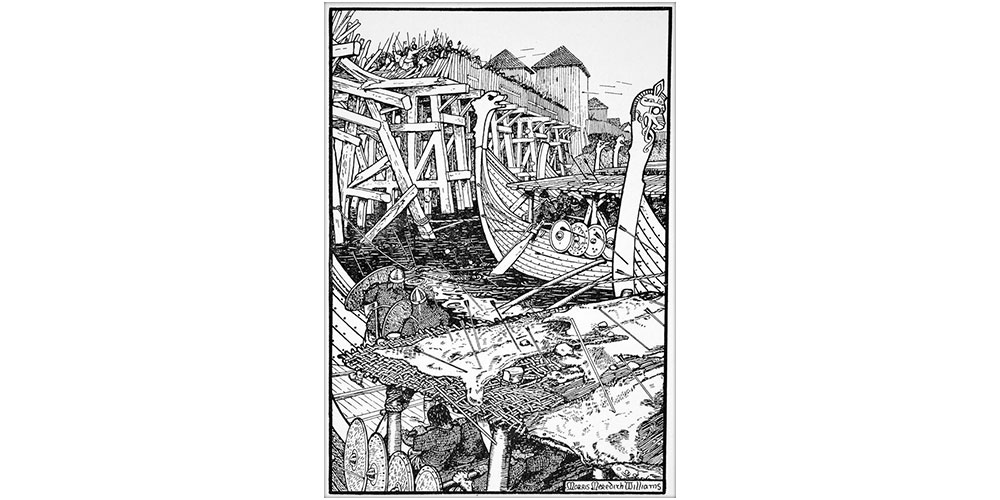
The tune for this classic has been around for hundreds of years but some think it was updated to hide a dark story about the Viking invasion of Britain.
It is said to celebrate the laying to waste of London by Olaf II of Norway in 1014.
Darker still is the theory that it is about the builders of London Bridge sacrificing children by burying them in the foundations. But no evidence of human sacrifice has been unearthed – yet.
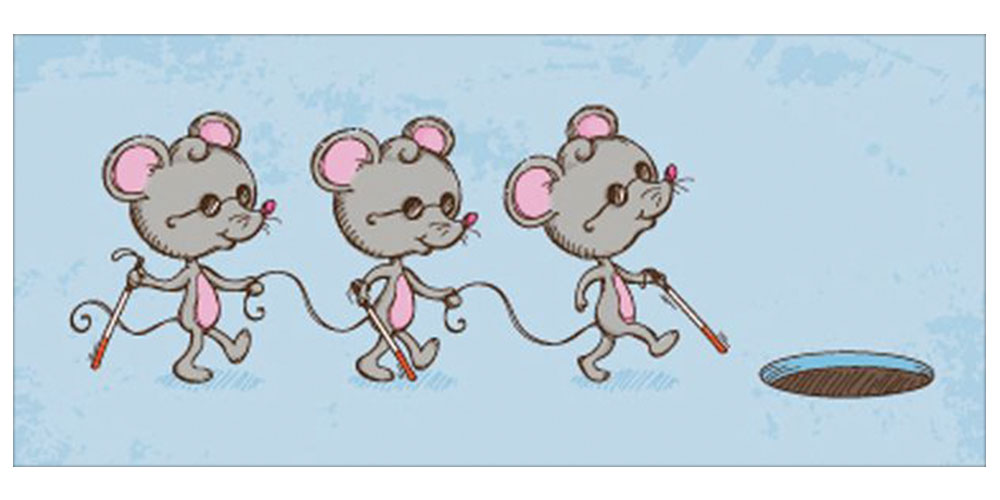
Believed to be another rhyme about Bloody Mary (Mary I) .
Her attempt to make England Catholic again was opposed by lots of nobles who made themselves rich from Henry VIII’s decision to split from Rome.
The mice are supposedly the Protestant bishops Hugh Latimer, Nicholas Ridley and the Archbishop of Canterbury, Thomas Cranmer, who tried to put a Protestant leader on the throne. They were caught, tortured, blinded, then burned at the stake.
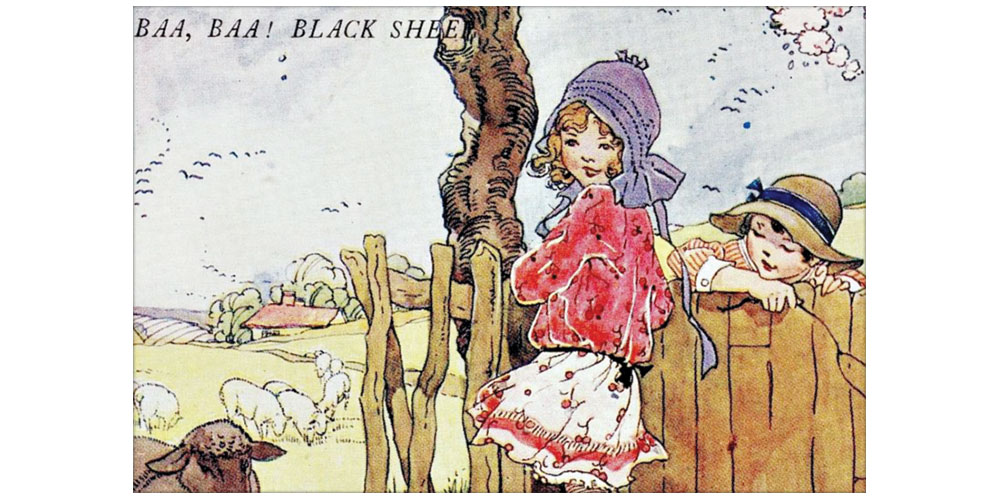
Its origins are debatable but the child’s chant reportedly has its origins in the Great Plague of 1665.
A rosy rash was a symptom of the disease which killed tens of thousands. People carried bags of dried flowers – posies – to protect themselves but the move often failed.
Coughing or sneezing was a sign you were infected, meaning “falling down”, followed by death.
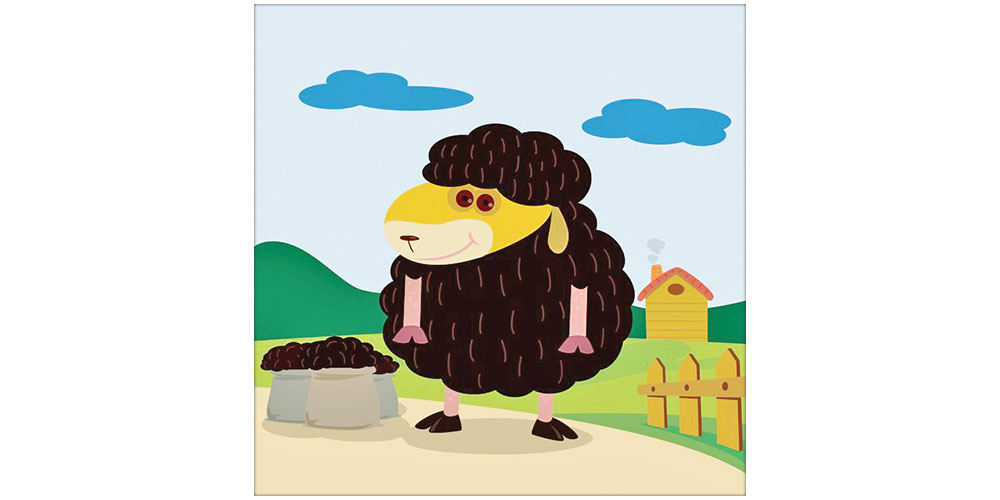
Though banned by many schools in recent years, this is probably the most innocent on the list.
Scholars believe it was written by sheep farmers in protest at high taxes on wool introduced by the ‘Old Custom’ wool tax of 1275.
More recently people believed the rhyme to be racist – with the “black sheep” representing slaves in the southern states of the US who were forced to pick cotton.
Some nurseries now sing “Baa Baa Rainbow Sheep” in an attempt to make it less controversial.
The story of a little girl scared of a spider is based on an incident that would now involve social services. Dr Thomas Muffet, who died in 1604, is believed to have crushed up spiders and fed them to patients, including step-daughter Patience, to cure their aliments.
A song that at first seems to be about a simple game of kiss chase on the playground is actually about one of the most controversial Casanovas in British history.
Georgie Porgie is believed to be George Villiers, 1st Duke of Buckingham, lover to both King James I and Anne of Austria, the Queen Consort of France who was married to the French King Louis XIII.
Not to mention many other women and men.
Source: Mirror
COMMENTS